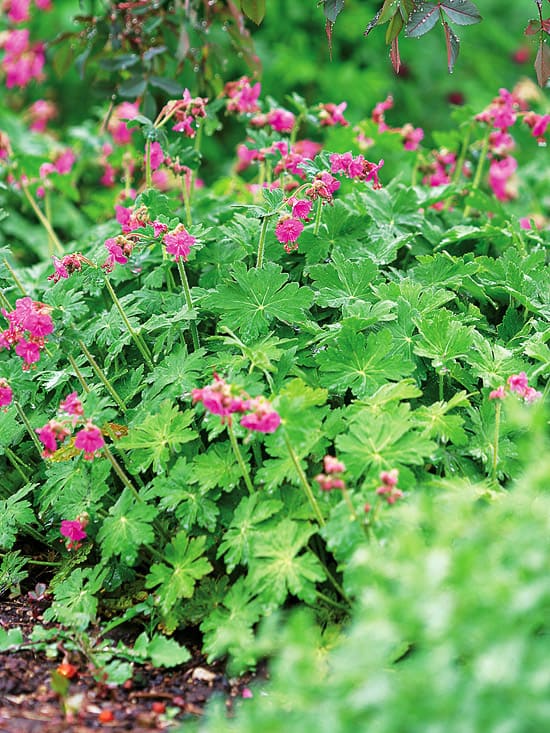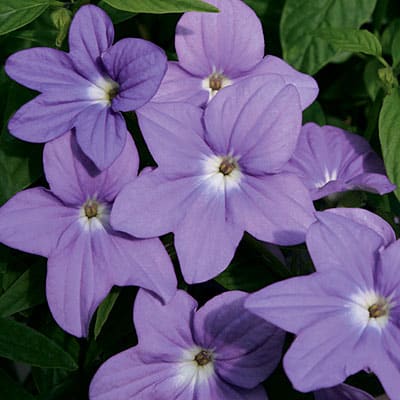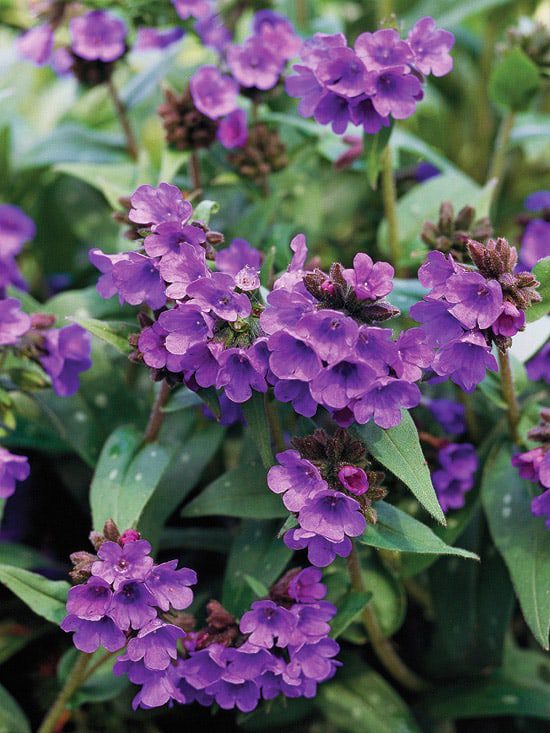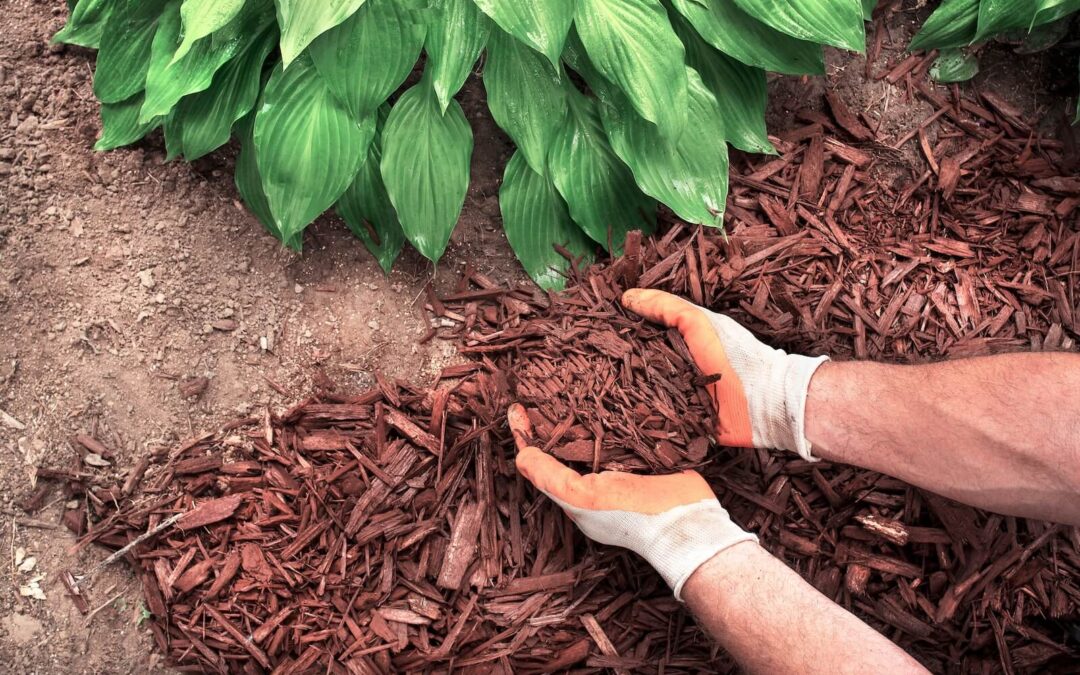A shade-tolerant Colorado garden might sound like a contradiction, but it’s entirely achievable. While the Rocky Mountain region is known for its well-draining soil, water conservation practices, and intense sun exposure, there are plenty of pockets of shade waiting to be transformed. North-facing slopes, mature trees, and structures like fences or buildings create cool, shaded areas ideal for thoughtful planting.
For these shady havens, we’ve compiled a list of the best shade plants for Colorado, perfect for bringing life, texture, and beauty to those cooler, less sunny corners of your landscape.
Shade-Loving Perennials for Your Shady Colorado Garden
Bigroot Geranium
One of Colorado’s most resilient and versatile perennials for shady gardens, the Bigroot Geranium (Geranium macrorrhizum) thrives in dappled light and well-drained soil.
- These deer-resistant shade plants in Colorado are rarely bothered by wildlife, making them an excellent choice for both rural and urban gardens.
- Known for their adaptability, they handle both heat and cold with ease.
- Their lush foliage remains attractive even when the blooms are not in season, and certain varieties display stunning fall colors.
Bigroot Geraniums grow up to two feet tall and are perfect for borders, mixed beds, or as ground cover in shaded areas. They’re a shining example of low-maintenance shade plants in Colorado that gardeners will appreciate for their resilience and easy care.
Amethyst Flower
The Amethyst Flower (Browallia hybrids) is a stunner among plants in shady areas of Colorado. Known for its vibrant bluish-purple star-shaped blooms, this plant thrives in shaded flower beds, containers, or hanging baskets.
- These perennials are well-suited for partial to full shade.
- They bloom consistently through the season, adding a rich splash of color to shaded spaces.
- Their versatility makes them an ideal choice for creating contrast in shaded borders or adding charm to container gardens.
Lungwort
Although its name may not sound appealing, Lungwort (Pulmonaria) is a favorite in Colorado shade garden design for its unique white-spotted foliage and vibrant blooms in shades of pink, blue, and purple.
- This perennial is perfect for adding visual texture to shaded garden beds.
- Its spotted leaves create a beautiful backdrop for brighter flowers.
- Lungwort thrives in moist, well-draining soil and is highly resistant to deer and other garden pests. It is, therefore, an excellent choice for deer-resistant shade plants that Colorado gardeners need.
Other exceptional shade-tolerant perennials that Colorado gardeners can consider include begonias, columbines, bleeding hearts, lily-of-the-valley, white wood aster, and phlox.
Shade Garden Ideas Colorado: Creating Harmony in Light and Shadow
Gardening in the shade requires a thoughtful approach. With careful planning, your shaded areas can become peaceful, lush retreats bursting with life. Here are a few shade garden ideas that Colorado gardeners can use to design their perfect shady oasis:
1. Understand Your Shade Patterns
Take time to observe how sunlight moves across your yard throughout the day. Different types of shade — partial, dappled, or deep shade — determine the suitability of certain plants.
For example, Bigroot Geraniums do well in partial shade, while Lungwort thrives in deeper, consistently shaded areas.
2. Prioritize Drought-Tolerant Shade Plants
Colorado’s arid climate demands careful water management, even in shaded spaces. Opt for drought-tolerant shade plants in Colorado, such as Bigroot Geraniums and Amethyst Flowers. These perennials are naturally resilient and can handle periods of dryness without losing their vibrancy.
3. Layer Your Planting Beds
Layering is key to landscaping for shade in Colorado gardens. Place taller plants like ferns or columbines in the back, medium-sized plants like Lungwort in the middle, and low-growing ground covers like creeping thyme in the front. This approach adds dimension and ensures each plant gets the light and space it needs.
4. Incorporate Textural Contrast
Combine plants with varied foliage shapes and colors to create visual interest. The silvery leaves of Lungwort look stunning next to the vibrant greens of ferns or the deep purples of Amethyst Flowers.
5. Add Hardscape Features
Stone pathways, decorative mulch, and seating areas can add charm to shaded spaces. These features elevate your Colorado shade garden design and make it a functional retreat for relaxation.
Designing Your Shade Garden: The Colorado Way
Colorado shade garden design can be both functional and beautiful when approached with care. Here are some additional tips to consider:
- Use deer-resistant shade plants to reduce maintenance caused by wildlife interference.
- Incorporate flowering perennials like amethyst flower to add seasonal pops of color.
- Use mulch to retain soil moisture and prevent weeds, especially in areas prone to drought.
Combining resilient plants, thoughtful design, and sustainable practices will make your shaded garden a low-maintenance, visually stunning space.
Transform Shady Spaces with Lifescape Colorado
Whether you’re creating a peaceful retreat under mature trees or building a lush border along a shaded fence line, Lifescape Colorado specializes in landscaping for shade on Colorado properties. Our expert team knows how to combine shade-tolerant perennials in Colorado with thoughtful design principles to create vibrant, functional spaces.
From selecting the best shade plants for Colorado to implementing professional Colorado shade garden design, we’re here to guide you every step of the way.
Contact Lifescape Colorado today and let us help you design a garden that thrives in the shade while enhancing your home’s beauty and value. Your dream shade garden awaits!







